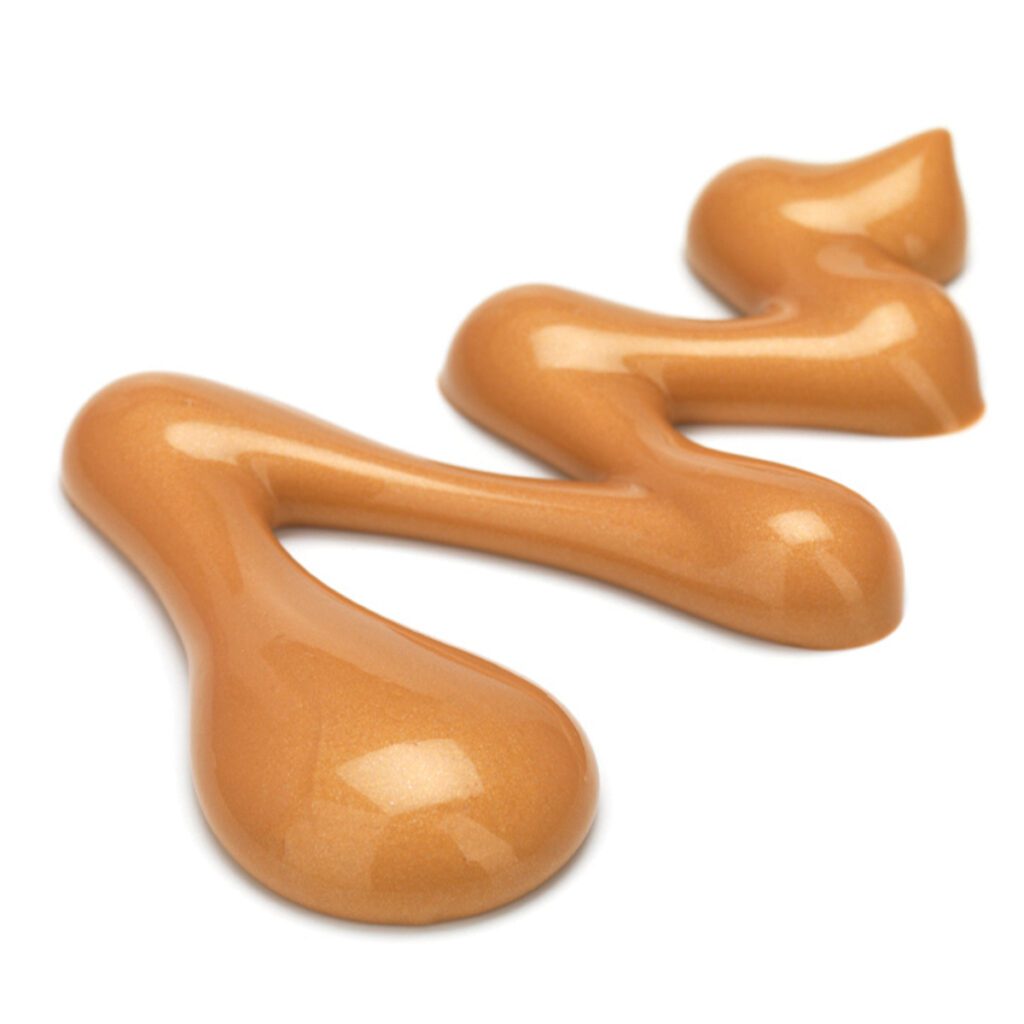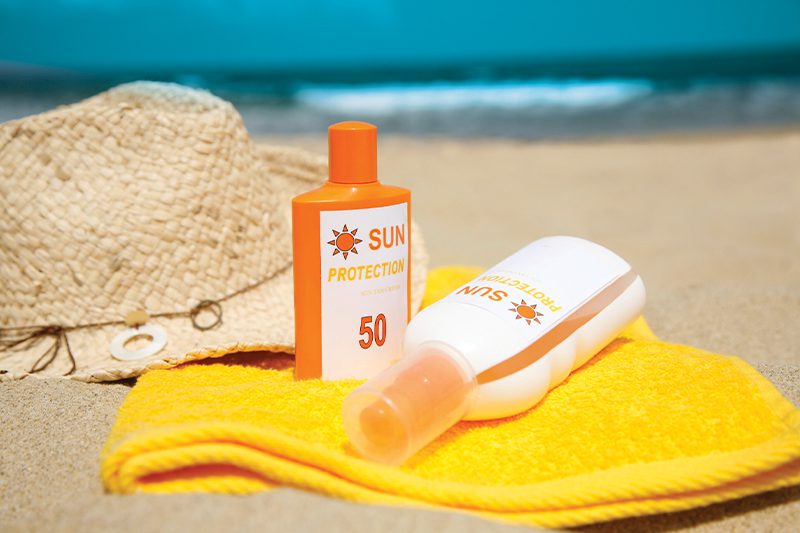Common Misconceptions & the Truth about Skin Cancer
- I know I should use sunscreen, but…”
- I just need one good burn to get a tan.”
- I’m so pale, I don’t care what the risks are!”
- It’s the sun, not a tanning bed. What’s the harm?”
The hard truth is that when it comes to melanoma — the most deadly type of skin cancer — as many as 86% of cases can be traced back to ultraviolet radiation exposure from the sun.


Applying Mistakes...
1. Waiting too long.
Most of us wait until we are on the beach or at the pool to begin slathering or spraying. Bad idea. Damage to the skin can occur in only 15 minutes and it can take up to 20 minutes for sunscreen to take effect. Always apply sunscreen to the skin 20 minutes before sun exposure.
2. Thinking you’re covered.
In order to get adequate coverage from sunscreen, apply a minimum of one ounce—about the amount it takes to fill a shot glass—to all exposed parts of the body. A spray should be used for 60-90 seconds, enough to make the skin visibly shiny.
3. Slathering and swimming.
Many of us slather ourselves in sunscreen and assume we are protected for hours or even an entire day. Not true! Sunscreen should be reapplied every two hours and more often if swimming or sweating. There is no such thing as waterproof sunscreen.
4. Missing the mark.
Slathering copious amounts of sunscreen to the face, arms, shoulders and legs is wonderful but make sure not to miss the lips, scalp and between the toes—three commonly overlooked spots susceptible to skin cancer.
Misconceptions...
5. “My makeup covers me.”
Using a foundation or powder that contains SPF is a great thing but it won’t provide adequate protection from the sun. Make sure to supplement that make-up with a hat or additional SPF when spending time outdoors.
6. “Vitamin D is good for me!”
Yes, vitamin D is good for you but is it worth an increased cancer risk? Vitamin D supplements are inexpensive and available at any department store or pharmacy. Get some, take them daily and use sunscreen to protect your skin from UV rays.



Good Intentions, But…
7. Wrong SPF.
A good rule of thumb is to buy a minimum of SPF 30. Anything less is not effective. Anything above 30 is only marginally more effective.
8. Missing label.
Pay attention to labels and make sure the sunscreen bottle says “Broad Spectrum.” This means that it provides protection from UVA and UVB rays. Also check for the water-resistant rating, which aids in choosing proper protection for water activities.



9. Expired bottle.
Contrary to popular belief, sunscreen does become less effective with age and those expiration dates are important. If your sunscreen is expired, toss it. Begin each summer with a new batch of sun protection.
10. Pharmacy fail.
Certain prescription drugs can increase your sun sensitivity. Check with your pharmacist or doctor to make sure you aren’t taking any of these, and if you are, make sure to take extra precautions—wear protective sun wear, apply more frequently, and use a high SPF.

